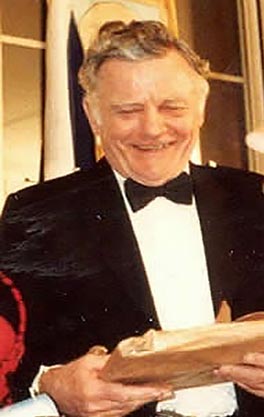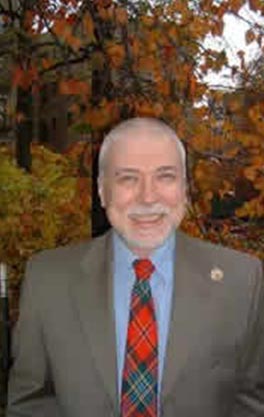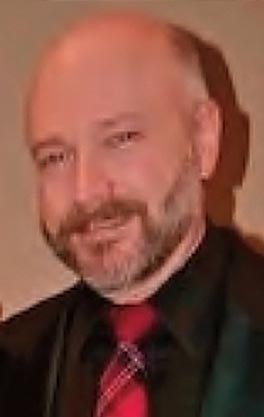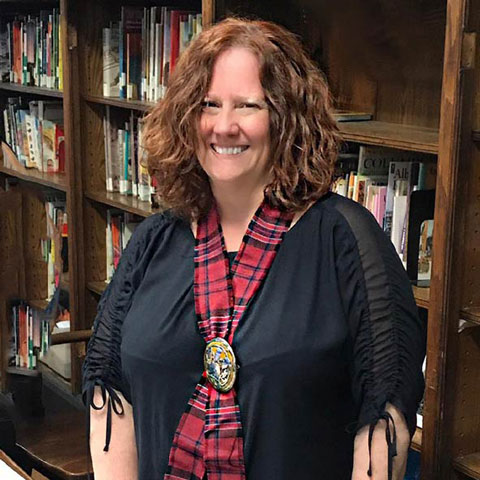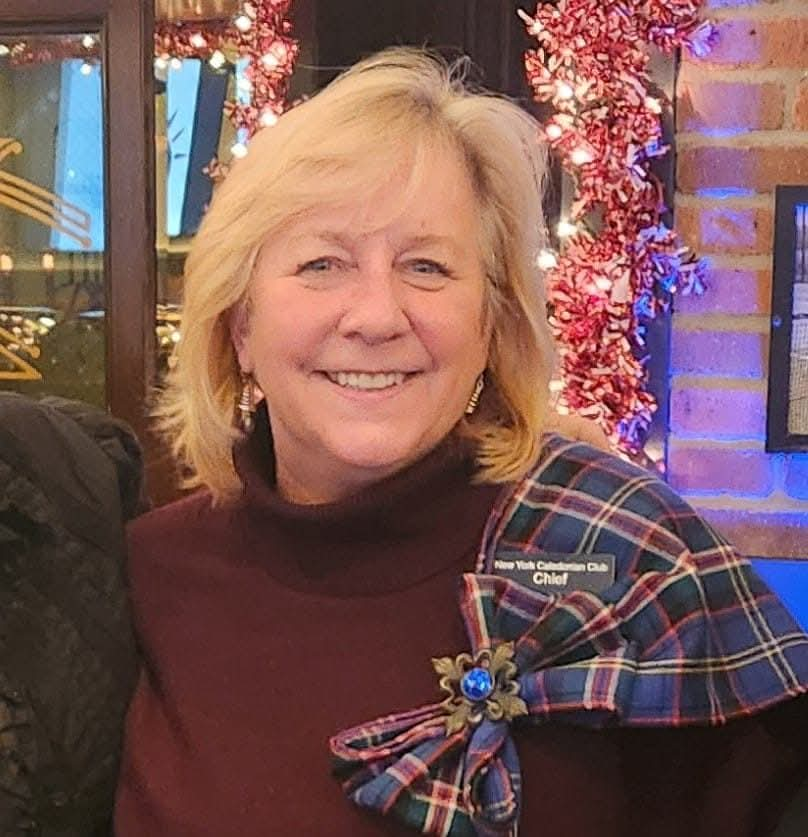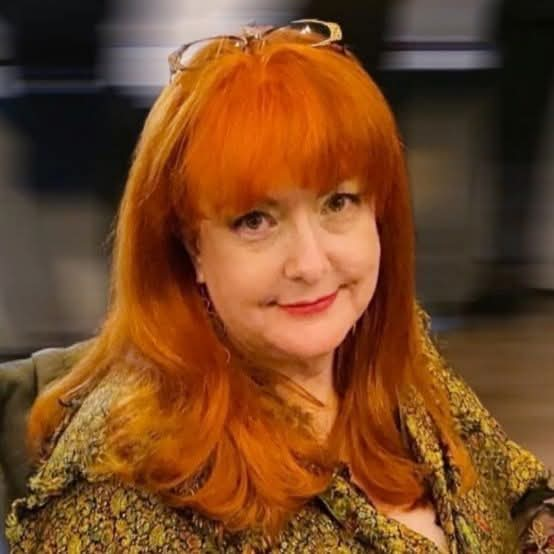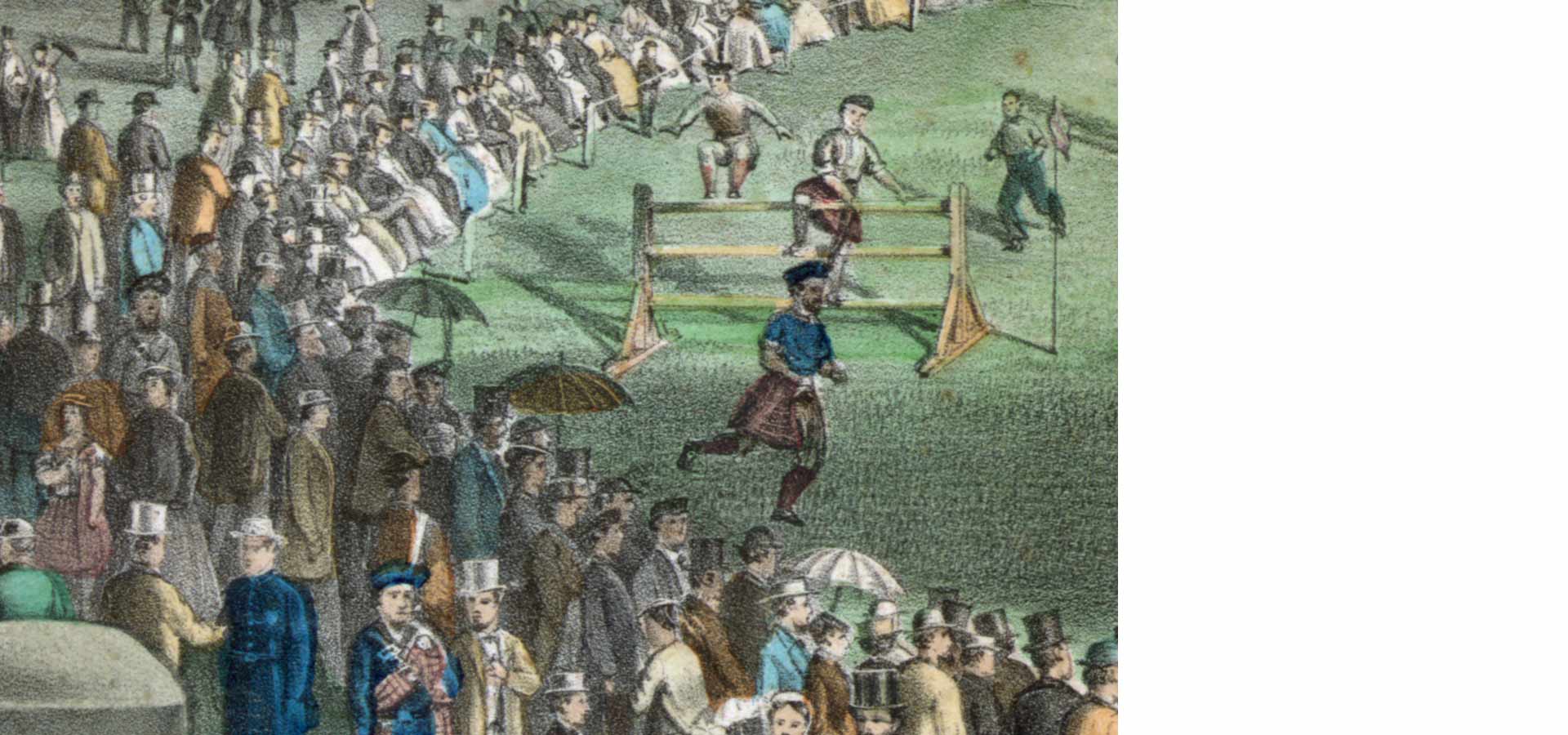
History of The New York Caledonian Club
In 1856, New York City was an urban frontier. This growing merchant city offered many opportunities for fortunes to be made by individuals who understood the complications of the commercial world. To thrive in here, one must be hardworking, resourceful, thrifty, and have a fair amount of luck. It was a harsh environment and not all could succeed.
The wealthy lived in tall brick and brownstone houses, the poor in tenements, and the rising middle class often lived above their business premises. New Yorkers were optimistic about the future and no one could predict the tragedy to come just a few years later, that would threaten the very existence of the Union.
Many New Yorkers sought to affiliate themselves with their fellow city dwellers for social reasons – today, we refer to this as "networking". It was soon realized that a social club based on national affinity could be of great value in building a secure future for Scottish immigrants and their descendants. Among them were lawyers, tradesmen, manufacturers, clergymen, printers, merchants, furniture makers, and members of many other trades and professions. Wives often worked alongside their husbands to help them better their families' lives.
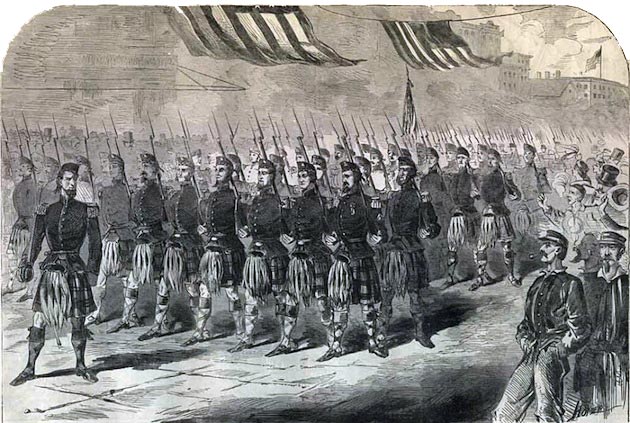
The 79th New York Highland Regiment
The Nation's only kilted Regiment in the Civil War, was recruited largely from the Club’s membership. They fought in many battles during the Civil War, including the First Battle of Bull Run in 1861, serving under Colonel James Cameron, whose brother, Simon Cameron, was Lincoln's Secretary of War.
General Ulysses S. Grant, the eighteenth President of the United States, later became an honorary member of the Veteran's Association of the 79th New York Highland Regiment.
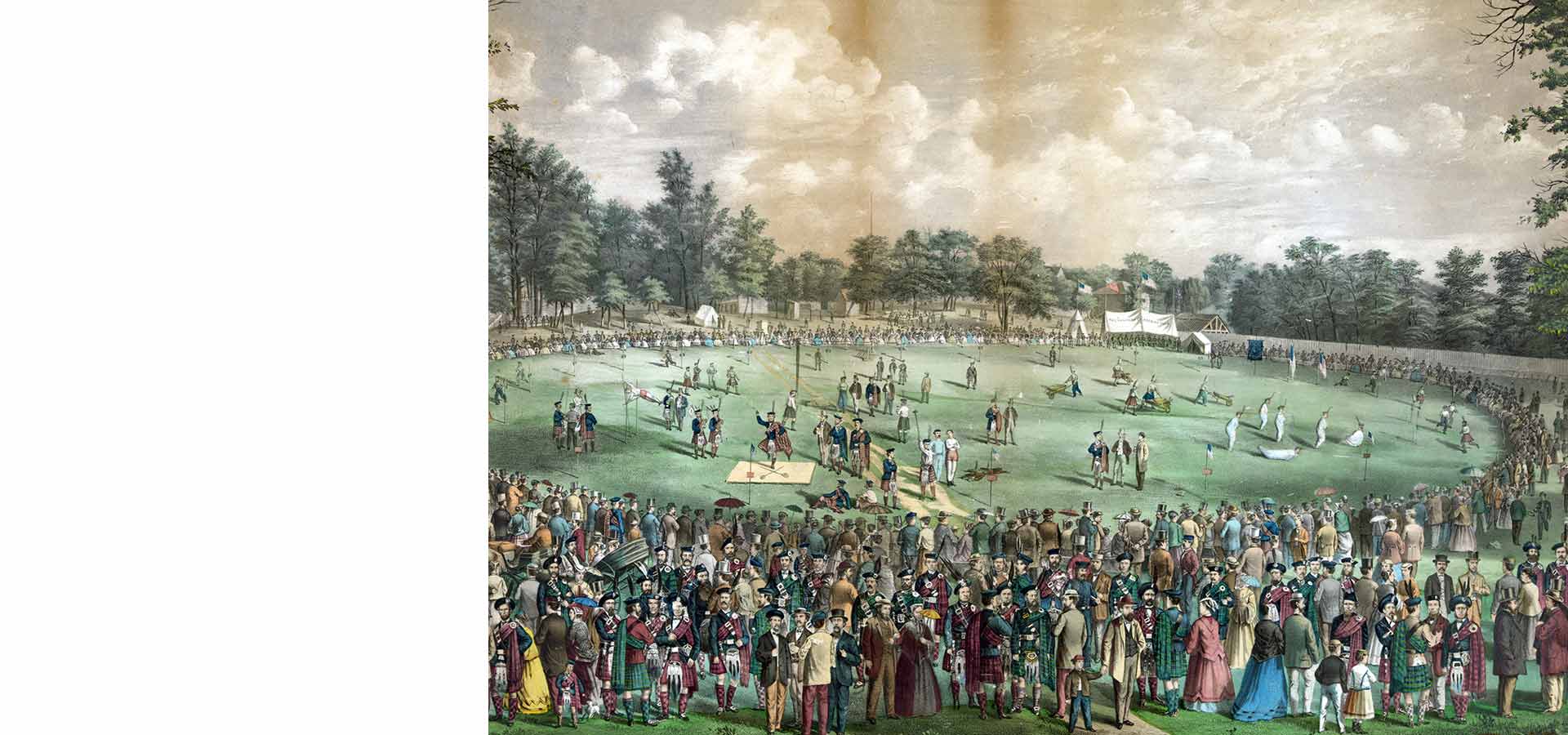
Highland Games
Many Scottish ex-pats in New York City sought to find others with whom they celebrate, share, and promote the life and culture of their beloved homeland. Members of the Highland Guard, organized after the War of 1812, founded an early Caledonian Club in 1830, with most of the membership consisting of those who immigrated directly from Scotland, including one of the founders of today's Caledonian Club, Captain William Manson. Manson was from Thurso in Caithness. In 1856, The New York Caledonian Club had its first meeting at his home at 256 Spring Street at the corner of Varick Street - then a neighborhood of fine row houses. The first Chief of the Club was Alexander Fraser, elected in 1857.
The Club held its first Highland Games in 1857, a tradition which continued annually until 1933. Many colleges and universities sent their best athletes to compete in the Games to win coveted prizes. Several members chose curling as their sport, often traveling to competitive curling events in New Jersey.
The New York Caledonian Club flourished in the late 1800s, meeting at various locations, including in downtown Manhattan's Horatio Street.
The Club inaugurated its new home at 846 Seventh Avenue (at 54th Street) in October 1898. The building was built of marble, stone, and brick in a Renaissance style, with clubrooms included a gymnasium, Roman bath, a bowling alley, and storage for the bicycles of "wheelmen" members. There was also a small indoor green for members to sharpen their golf skills. The interior was in the dignified yet warm wood-paneled style, appropriate for a club of that era. Andrew Carnegie, who had donated a library to the Club, was present to dedicate the building, and received a gold key and a warm reception from the members.
Post World War II...
The New York Caledonian Club became inactive, except in the memories of former members and in the Club archives. More contemporary interests had replaced the fellowship ideals of many of the old clubs of New York.
The Club was revived on the June 24th, 1981, a date known as Bannockburn Night in commemoration of the Battle of Bannockburn in 1314 near Stirling Castle. At this battle, the Scots defeated the English forces under the command of Robert the Bruce. The modern Tartan Day also celebrates the Declaration of Arbroath (1320) which asserted Scottish independence. An independent Scotland was finally recognized in 1328 in the Treaty of Northampton, signed by Robert the Bruce and Edward II of England.
New York Caledonian Club Chiefs Timeline
2000s - Current
2025- Current :: 86th Chief
2023- 2025 :: 85th Chief
2019 - 2023 :: 84th Chief
2017 - 2019 :: 83rd Chief
2009 - 2010, 2016 :: 78th & 82nd Chief
2015 :: 81st Chief
1992-93, 1995-96, 2013 - 2014 :: 67th, 70th & 80th Chief
2011 - 2012 :: 79th Chief
1994, 1999 - 2000, 2006 - 2007 :: 68th, 72nd & 76th Chief
2004 - 2005 :: 75th Chief
2002 - 2003 :: 74th Chief
2001 :: 73rd Chief
1900 - 1999
1997 - 1998 :: 71st Chief
1994 :: 69th Chief
1990 - 1991 :: 66th Chief
1988 - 1989 :: 65th Chief
1986 - 1987 :: 64th Chief
1985 :: 63rd Chief
1984 :: 62nd Chief
1983 :: 61st Chief
1946 - 1949 :: 58th Chief
1942 - 1945, 1946 :: 55th& 57th Chief
1920 - 1921, 1945 :: 43rd & 56th Chief
1940 - 1941 :: 54th Chief
1937 - 1939 :: 53rd Chief
1935 - 1936 :: 52nd Chief
1934 :: 51st Chief
1932 - 1933 :: 50th Chief
1924 - 1925, 1931 :: 45th & 49th Chief
1929 - 1930 :: 48th Chief
1928 :: 47th Chief
1926 - 1927 :: 46th Chief
1919, 1922 - 1923 :: 42nd & 44th Chief
1918 - 1919 :: 41st Chief
1916 - 1917 :: 40th Chief
1914 - 1915 :: 39th Chief
1912 - 1913 :: 38th Chief
1910 - 1911 :: 37th Chief
1908 - 1909 :: 36th Chief
1906 - 1907 :: 35th Chief
1905 - 1906 :: 34th Chief
1903 - 1904 :: 33rd Chief
1901 - 1902 :: 32nd Chief
1899 - 1900 :: 31st Chief
1897 - 1898 :: 30th Chief
1895 - 1896 :: 29th Chief
1890, 1893 - 1894 :: 25th & 28th Chief
1887 - 1888, 1892 :: 23rd & 27th Chief
1891 :: 26th Chief
1889 :: 24th Chief
1878 - 1879, 1885 - 1886 :: 15th & 22nd Chief
1876 - 1877, 1884 :: 14th & 21st Chief
1884 :: 20th Chief
1883 :: 19th Chief
1882 :: 18th Chief
1881 - 1882 :: 17th Chief
1880 :: 16th Chief
1878 - 1879 :: 15th Chief
1876 - 1877 :: 14th Chief
1875 :: 13th Chief
1874 :: 12th Chief
1873 :: 11th Chief
1871 - 1872 :: 10th Chief
1864 - 1865, 1870 :: 5th & 9th Chief
1869 :: 8th Chief
1867 - 1868 :: 7th Chief
1860 - 1863, 1866 :: 4th & 6th Chief
1859:: 3rd Chief
1858 :: 2nd Chief
1856 - 1857 :: 1st Chief












